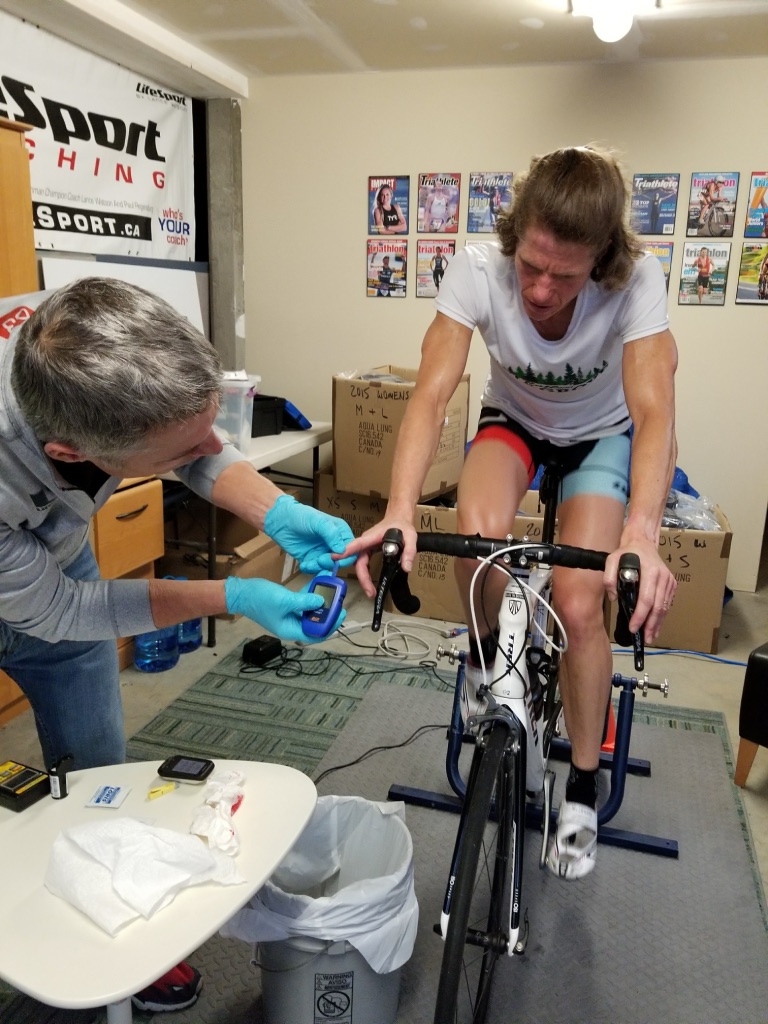For all sports, whether it is swimming, cycling or running, intervals are one of the best ways to increase overall speed and power. By their nature, intervals are short efforts, done at higher intensity than race pace – at or slightly above lactate threshold. Current thinking has shifted away from only doing intervals in the race Specific preparation phase of competition to incorporating higher intensity regularly into training year round to maintain aerobic capacity while keeping the body and brain sharp.
Since they are high intensity and therefore “hurt”, getting going can be the biggest hurdle. This is where groups are effective. Everyone is there for the same reason – they want to improve and will often push each other to perform their best. Encourage yourself to have a positive attitude and embrace the upcoming workout and focus on the task at hand. Use the warm up to get the brain and body working in synch, knowing that when you begin the first interval, the body takes over and you can run the interval well.
The goal is to complete all intervals in a similar time with best average pacing. Each interval will get more challenging to hold a given pace and heart rate will climb accordingly. An ideal scenario would see the heart in low Zone 4 for interval number 1 and then getting higher and higher for subsequent intervals: the heart rate will be high Zone 4, even in Zone 5 – this will be quite uncomfortable but achievable.
The technology that we have at our disposal is pretty amazing and many devices will give alerts every mile or kilometer. However, relying on the watch to tell that you have reached the end is not as effective as knowing the destination. When doing set distance running intervals, if one doesn’t have access to a track, it is best to go back and forth on a flat road or hard packed dirt trail between two landmarks. Measure the distance accurately with a GPS or bike computer so you know where the start and finish are and be aware of where ¼, ½ and ¾ distances are. Run interval pace times should not change drastically from workout to work out, so keep in mind what you have run before and are aware of what your time should be at the quarter marks. Use these cues to help with pacing.
Beginner and experienced triathletes looking to start or improve their performances are invited to join the LifeSport team. Visit them on the web at www.LifeSportCoaching.com or email LifeSport Coaching at Dan@LifeSportCoaching.com
